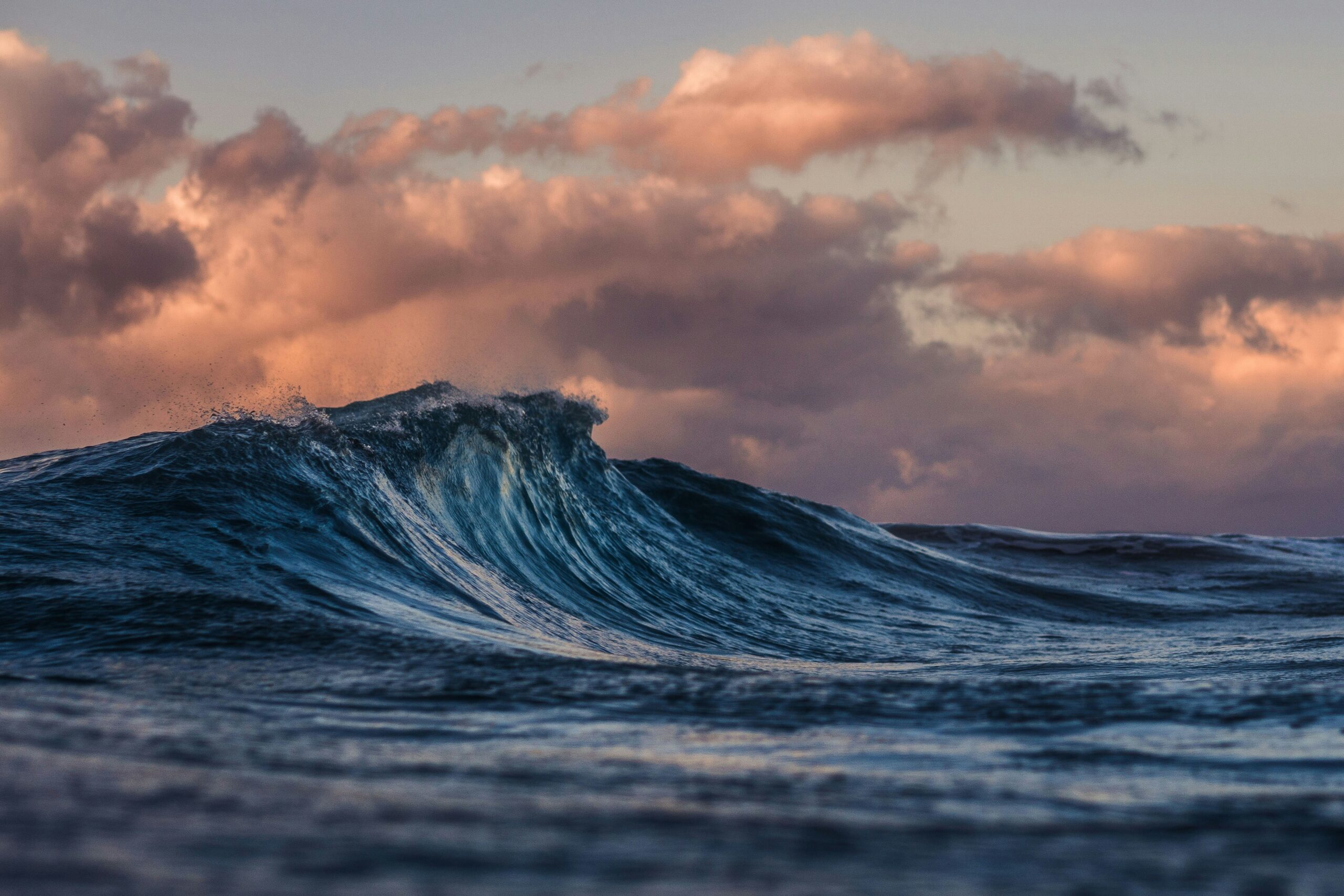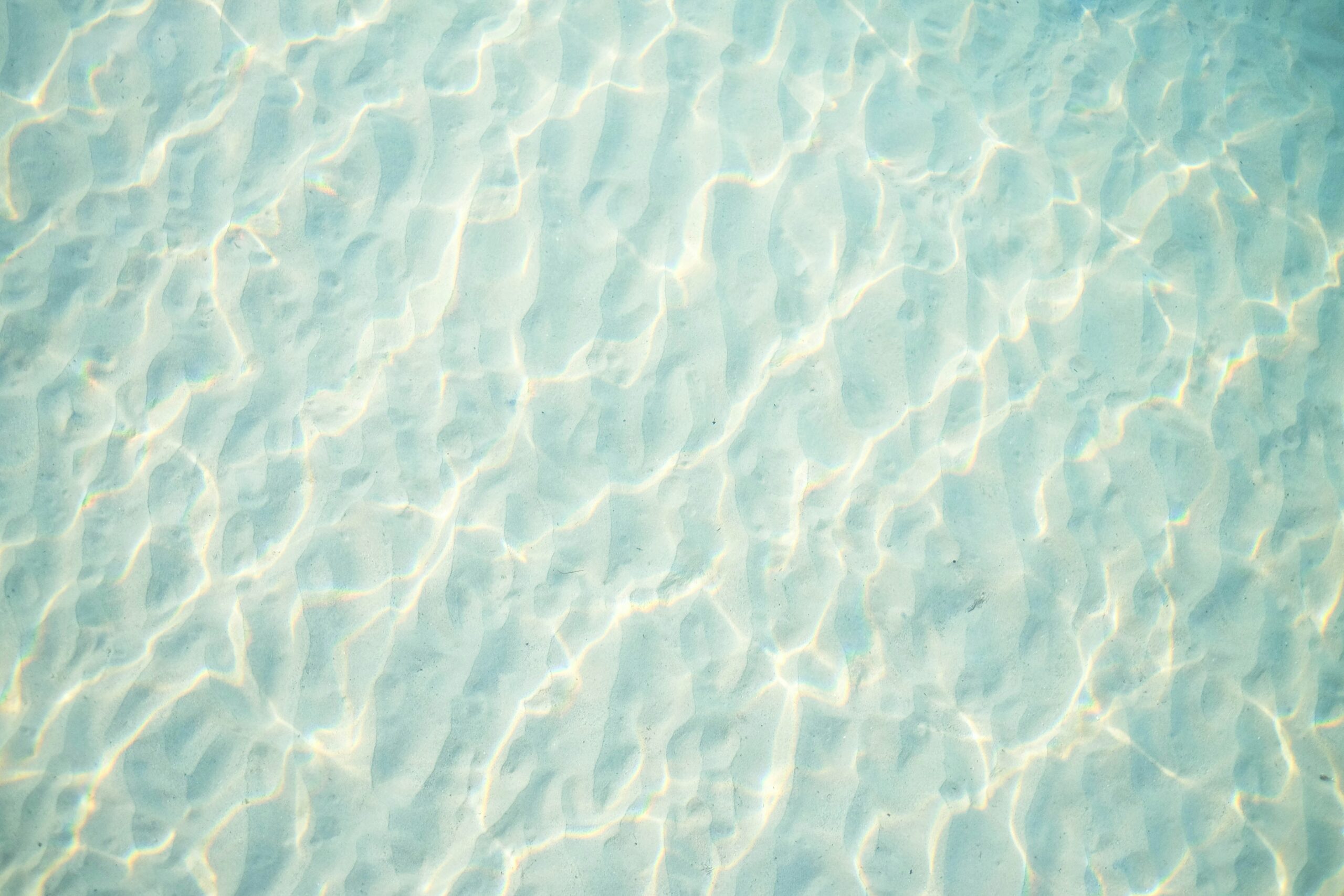Imagine standing at the base of Mount Shasta, surrounded by the breathtaking beauty of nature. As you plan your adventure up the majestic mountain, a question niggles at the back of your mind: is it safe to drink water from the natural sources dotting the landscape? With pristine water flowing through rivers and streams, the allure is undeniable, but are there hidden risks? In this article, we will explore the safety of consuming water from Mount Shasta's natural sources and provide insight into the measures you can take to ensure a worry-free experience.

Geography of Mount Shasta
Location of Mount Shasta
Mount Shasta is a prominent mountain located in the Cascade Range of Northern California, standing as one of the tallest peaks in the contiguous United States. It is situated in Siskiyou County, near the border of Oregon. With an elevation of 14,179 feet (4321 meters), Mount Shasta dominates the surrounding landscape and offers breathtaking views from its snowy peaks.
Climate of Mount Shasta
The climate on Mount Shasta is characterized by diverse conditions throughout the year. Summers bring mild temperatures, typically ranging from the 50s to 70s Fahrenheit (10-25 degrees Celsius), making it an ideal time for hiking and exploration. Winter, on the other hand, brings heavy snowfall and freezing temperatures, providing a haven for winter sports enthusiasts. The mountain's climate is influenced by its elevation, location, and the surrounding geographic features.
Availability of natural water resources
Mount Shasta is known for its abundant natural water resources, which originate from the melting glaciers and snowpack that cover its peaks. These waters give rise to several rivers, creeks, and streams, offering a continuous supply of fresh and pristine water. The mountain's geographical features, such as its slopes and valleys, contribute to the flow of this natural water, creating a network of water sources throughout the region.
Historical Beliefs About Mount Shasta's Waters
Religious significance and beliefs
Mount Shasta holds great spiritual and religious significance for many indigenous cultures and modern-day spiritual communities. Some beliefs suggest that the waters flowing from the mountain possess healing properties, providing nourishment not only for the body but also for the soul. Various religious practices and ceremonies have revolved around the mountain's waters, further emphasizing their sacred nature.
Native American legends
The Native American tribes of the region, such as the Wintu, Karuk, and Shasta, have long revered Mount Shasta as a sacred place. According to their legends, the mountain is considered a gateway to the spirit world and the home of powerful spirits. These tribes share stories of the mountain's waters being pure and transformative, capable of bestowing blessings upon those who drink from them.
Market of Mount Shasta bottled water
The revered and sought-after natural water from Mount Shasta has given rise to a market of bottled water. Many companies have recognized the demand for this water, bottling it and claiming its purity and spiritual essence. While some people find solace in consuming this bottled water, it is important to consider the scientific perspective on the quality and safety of natural water sources.
Scientific Perspective on Drinking Natural Water
General scientific consensus
From a scientific standpoint, the consumption of natural water from Mount Shasta, like any other natural water source, must be approached with caution. While the mountain's waters may appear pristine and untouched, they can still be subject to contaminants and potential health risks. It is essential to understand the potential dangers associated with consuming untreated water.
Potential risks of drinking untreated water
Natural water sources, including those on Mount Shasta, can harbor various contaminants, such as bacteria, viruses, and parasites, which can lead to waterborne illnesses. These contaminants can enter the water through animal waste, human activity, or environmental factors. Consuming untreated water puts individuals at risk of gastrointestinal illnesses, including diarrhea, vomiting, and dehydration. Furthermore, certain contaminants may have long-term health effects.
Beneficial nutrients in natural water
Despite the potential risks, natural water sources also provide beneficial nutrients that can contribute to overall health. Water from Mount Shasta, sourced from its glaciers and snowmelt, is often rich in minerals like calcium, magnesium, and potassium. These minerals play a vital role in maintaining bodily functions and promoting hydration. In moderation, consuming water from natural sources can provide essential nutrients that may be lacking in other forms of water.
Commonly Found Contaminants in Natural Water
Biological contaminants
Biological contaminants in natural water sources are typically microorganisms like bacteria, viruses, and parasites. These contaminants can cause a range of illnesses, from mild digestive issues to more severe infections. Drinking water from Mount Shasta without proper treatment puts individuals at risk of contracting diseases such as giardiasis, cryptosporidiosis, and E. coli infections. These pathogens can enter water sources through fecal matter from animals or humans.
Chemical contaminants
Chemical contaminants can also be found in natural water sources, including Mount Shasta's waters. These contaminants may include pesticides, heavy metals, and industrial pollutants. Chemicals from agricultural runoff, mining activities, and human waste can leach into rivers and streams, affecting the quality of the water. Prolonged exposure to such contaminants may lead to chronic health issues and potential damage to vital organs.
Human-made contaminants and pollutants
Human activities, such as camping, hiking, and recreational use of the mountain, can also contribute to the introduction of contaminants into natural water sources. Improper waste disposal, use of cleaning products near water sources, and even organic materials like soap or shampoo can compromise the water quality. It is crucial to minimize human impact on the mountain's water sources to ensure their long-term preservation.
From snowmelt to streams: The journey of Mount Shasta water
The journey of water on Mount Shasta begins with the accumulation of snow and ice on its peaks. As temperatures rise during summer, the snow and ice melt, starting a journey that leads to the formation of streams and rivers. This water makes its way through the mountain's slopes, valleys, and underground pathways, collecting sediments and potential contaminants along the way. Understanding this journey helps us comprehend the importance of proper water treatment before consumption.

Presence of Pathogens in Natural Water Sources
Potential waterborne diseases
Waterborne diseases can pose a significant risk to individuals who consume untreated water from natural sources. Among the potential diseases associated with consuming water from Mount Shasta are giardiasis, a parasitic infection causing diarrhea, and cryptosporidiosis, another parasitic infection leading to gastrointestinal symptoms. Additionally, bacterial infections caused by pathogens like E. coli can result in severe illness.
Harmful microbes and parasites
Natural water sources, including those on Mount Shasta, can harbor harmful microbes and parasites. These organisms, such as bacteria, viruses, and protozoa, can enter the water through contaminated sources, posing a threat to human health. Ingesting water that contains these pathogens increases the risk of infections and related health complications.
Local fauna and impact on water quality
The local fauna surrounding Mount Shasta plays a significant role in water quality. Animals and birds living in the region can introduce fecal matter and other contaminants into the water sources. Additionally, wildlife activity near water sources can disturb sediments and contribute to increased turbidity. It is crucial to understand and respect the local ecosystem to ensure the preservation of the mountain's natural water resources.
Water Treatment Options for Hikers
Water filtration systems
Water filtration systems are an effective way to remove contaminants and pathogens from natural water sources. These systems often utilize physical barriers or chemical filtration to remove particles and microorganisms. Popular options for hikers include portable water filters and purifiers, which can eliminate or reduce contaminants to a safe level and make water suitable for consumption.
Chemical water treatment
Chemical water treatment methods involve the usage of disinfectants such as chlorine or iodine to kill or deactivate pathogens in water. These treatments are often available in the form of tablets or drops, which can be easily added to untreated water. While chemical treatments can be effective in reducing microbial contaminants, they may leave behind an unpleasant taste or odor.
Boiling as an effective method of treatment
Boiling water is considered one of the most effective methods for treating water in the wilderness. By bringing water to a rolling boil for at least one minute (or preferably three minutes at higher altitudes), most pathogens are killed or inactivated, making the water safe to drink. Boiling is a reliable method that does not rely on complex equipment or chemicals, making it suitable for hikers and mountaineers seeking a simple and accessible solution.

Legislation on Collecting Natural Water
Federal and state regulations
The collection and consumption of natural water in protected areas like Mount Shasta are subject to federal and state regulations. These regulations aim to preserve water quality and protect public health. It is important to familiarize yourself with the specific regulations related to water collection, use, and treatment in the area you plan to visit. Consulting with local authorities or obtaining permits can ensure compliance and minimize the risk of legal implications.
Permits and legal implications
Some regions may require permits for the collection of natural water, depending on the intended use. These permits often include provisions for water treatment and may be necessary for commercial purposes, such as bottling or selling water. Failure to obtain the appropriate permits or comply with regulations can result in legal implications and penalties. Responsible and informed water collection is key to safeguarding both personal health and the preservation of natural resources.
Violation penalties
Violations of regulations related to the collection and consumption of natural water can have serious consequences. Penalties for non-compliance may include fines, legal action, or even being banned from the area. These measures are put in place to protect the environment, public health, and the sustainability of natural water sources. It is crucial to respect and abide by the regulations in place to ensure the long-term viability and safety of Mount Shasta's water.
Water Quality Reports on Mount Shasta
Latest water quality results
Regular monitoring of water quality on Mount Shasta provides valuable insights into the safety and potential risks associated with consuming natural water sources. Water quality reports assess various parameters, including microbial contaminants, chemical composition, and overall water purity. The latest reports outline the presence of pathogens, such as bacteria and parasites, as well as levels of minerals and other potentially harmful substances.
Variations in water quality over years
Water quality on Mount Shasta can vary over time, influenced by factors such as weather patterns, human activity, and changes in the natural environment. Monitoring and analyzing water quality data over the years help identify trends and potential risks associated with consuming untreated water. By understanding these variations, individuals can make informed decisions regarding the safety of drinking water from natural sources.
Trusted sources for water quality reports
When seeking information on water quality, it is important to consult trusted sources. Local authorities, government agencies, and environmental organizations often provide reliable water quality reports for Mount Shasta. These reports are based on scientific analysis and comply with standardized testing procedures. Ensuring that the information you rely on comes from trusted sources is crucial in assessing the safety of drinking natural water from Mount Shasta.
Personal Accounts & Experiences
Hiker testimonials
Hikers who have explored Mount Shasta often share their personal accounts and experiences regarding drinking natural water from the mountain. These testimonials offer valuable insights into the benefits, risks, and considerations associated with consuming water from natural sources. While some hikers may report positive experiences, it is important to remember that individuals' tolerance and reactions to untreated water can vary.
Local community views
The local community around Mount Shasta often holds strong opinions regarding the safety and significance of drinking its natural water. Some community members may have personal traditions or cultural practices tied to the consumption of this water, while others may have reservations due to potential health risks. Engaging with the local community and understanding their views can provide a broader perspective on the topic.
Experiences of seasoned mountaineers
Seasoned mountaineers who have spent significant time on Mount Shasta can offer valuable insights into the safety and suitability of consuming natural water. These individuals have likely developed reliable systems for water collection, treatment, and consumption based on their experiences and knowledge of the mountain. Their expertise is particularly valuable for those planning longer expeditions or exploring more remote areas.
Conclusion: Is it Safe to Drink Natural Water from Mount Shasta
Combining historical belief and scientific evidence
The question of whether drinking natural water from Mount Shasta is safe requires careful consideration of both historical beliefs and scientific evidence. While historical and cultural significance has attributed healing properties to the water, scientific research suggests the presence of potential risks, including waterborne diseases and contaminants. Balancing these perspectives is vital in making an informed decision.
Weighing potential health risks and benefits
Drinking water from Mount Shasta's natural sources entails weighing the potential health risks against any perceived benefits. While the water may contain beneficial minerals and nutrients, it can also harbor harmful pathogens and contaminants. Understanding personal health conditions, risk tolerance, and the availability of alternative safe water sources are essential factors in this evaluation.
Final Takeaway: The advisable course of action
To ensure the safety of drinking water from Mount Shasta, it is advisable to implement proper treatment and filtration methods before consumption. Water filtration systems, chemical treatments, and boiling are effective means of reducing microbial contaminants, while also considering the potential presence of chemical pollutants. Additionally, adhering to federal and state regulations, obtaining necessary permits, and consulting trusted water quality reports can further mitigate potential risks. Ultimately, responsible water collection and treatment practices, combined with a comprehensive understanding of the associated risks, will help individuals make informed decisions and enjoy the beauty of Mount Shasta while safeguarding their health.
